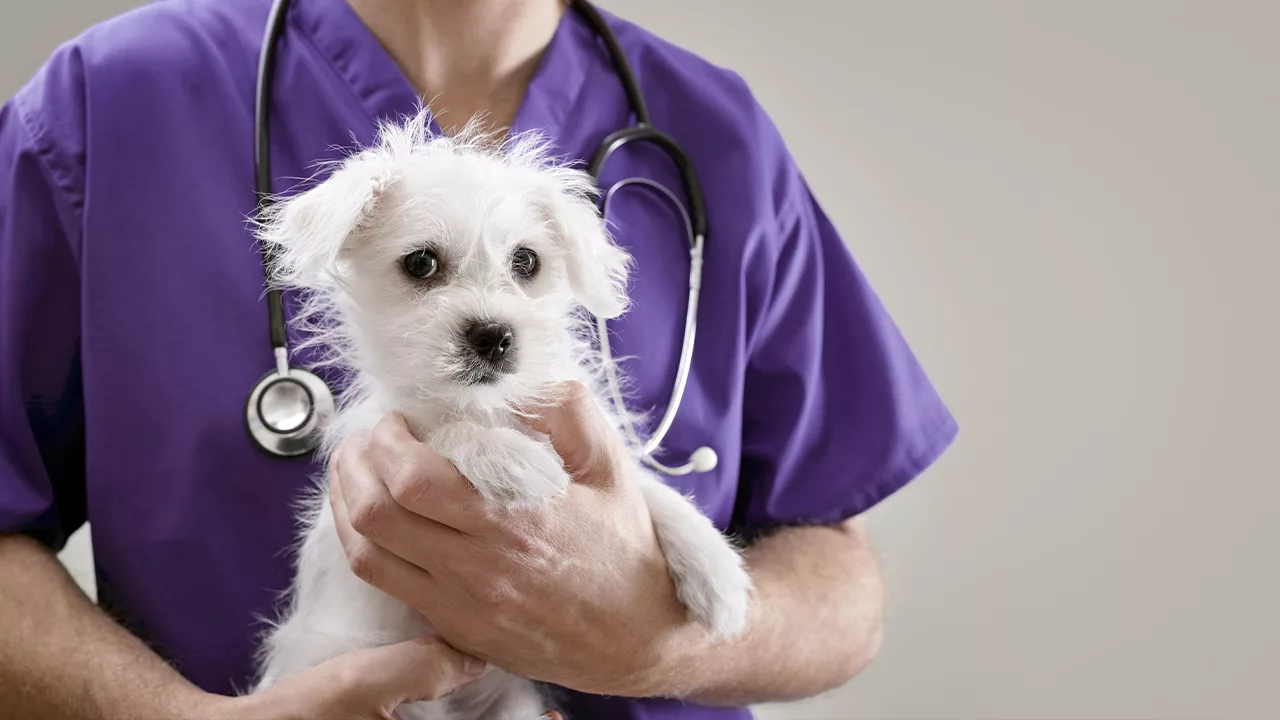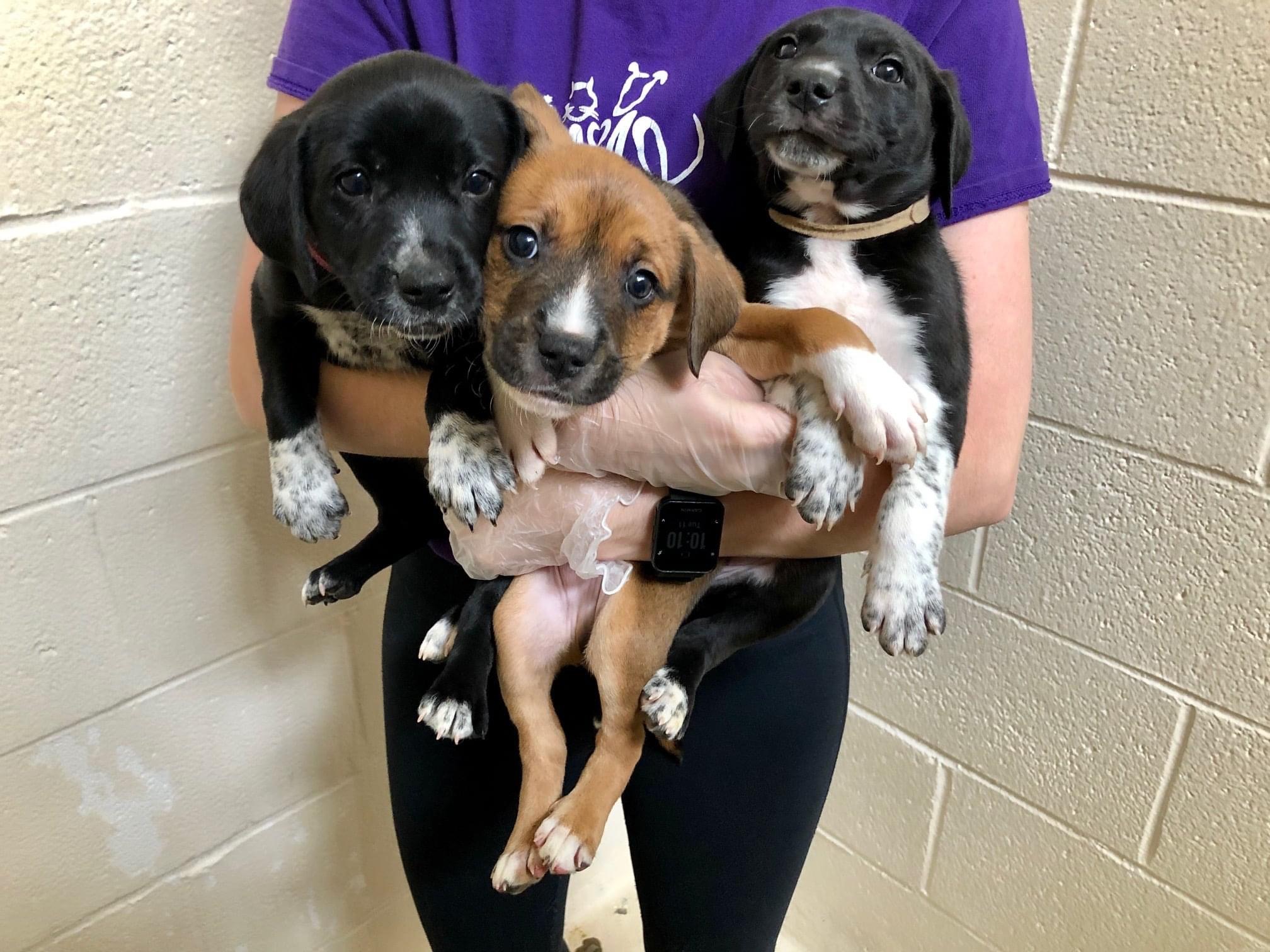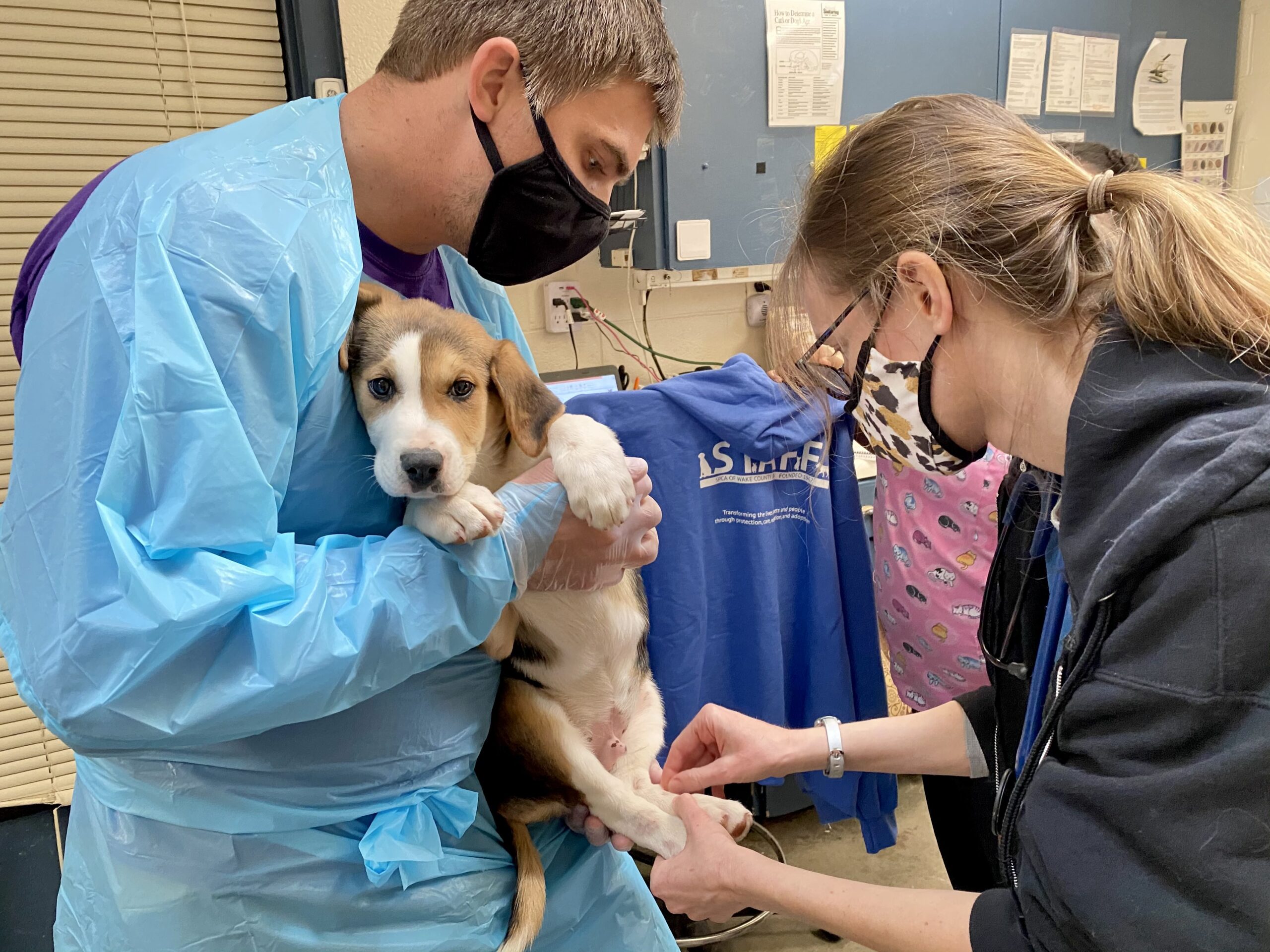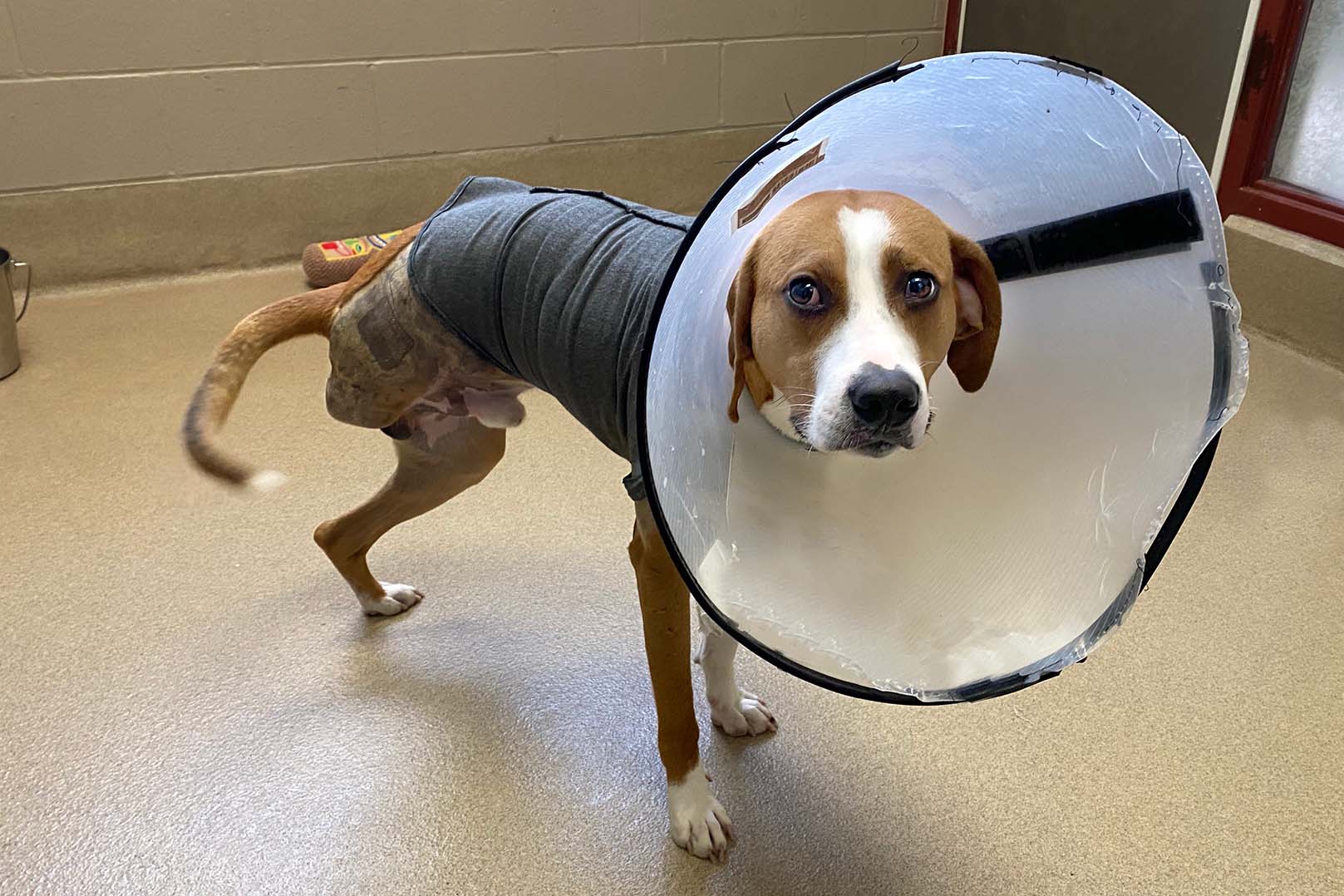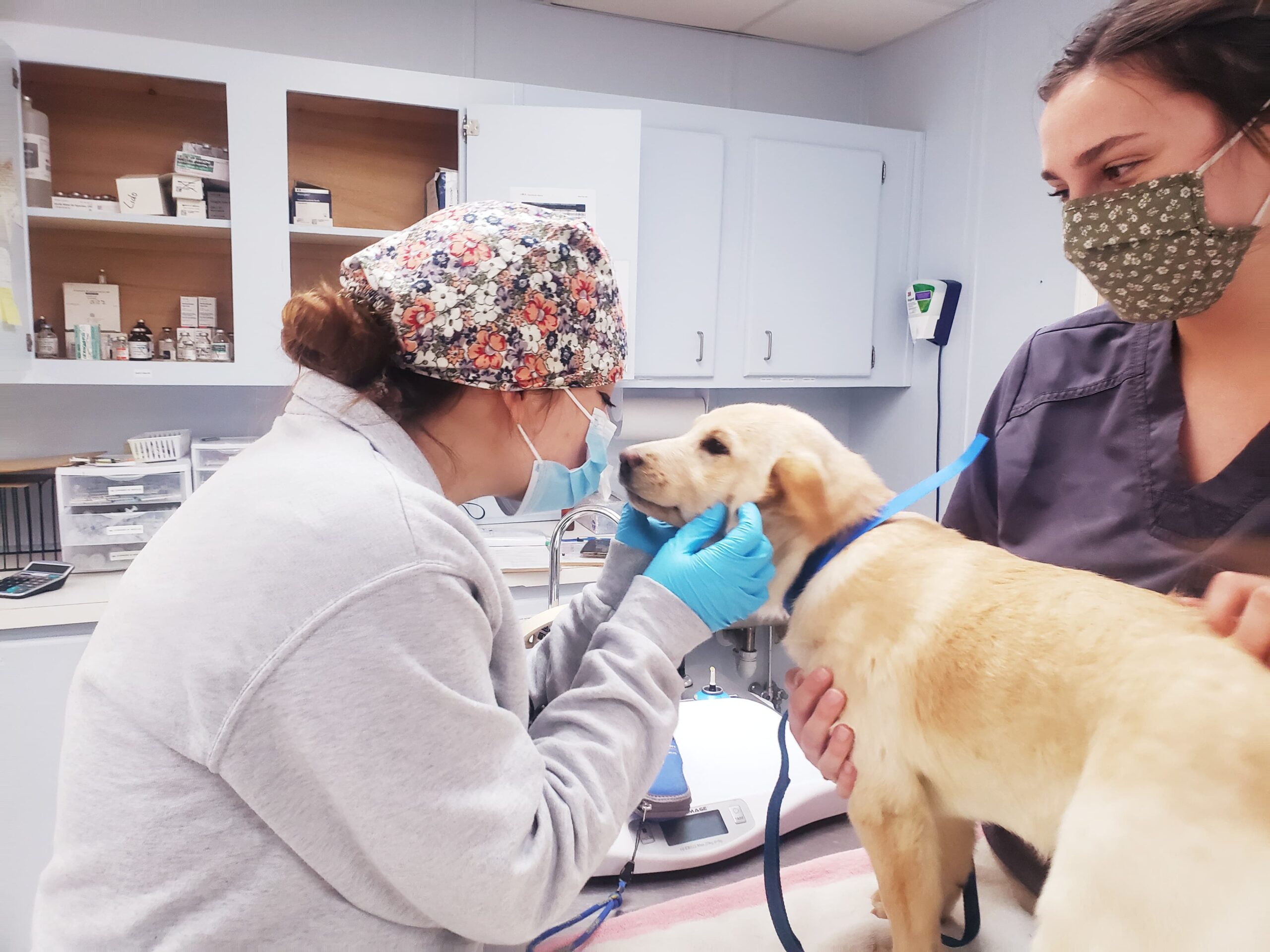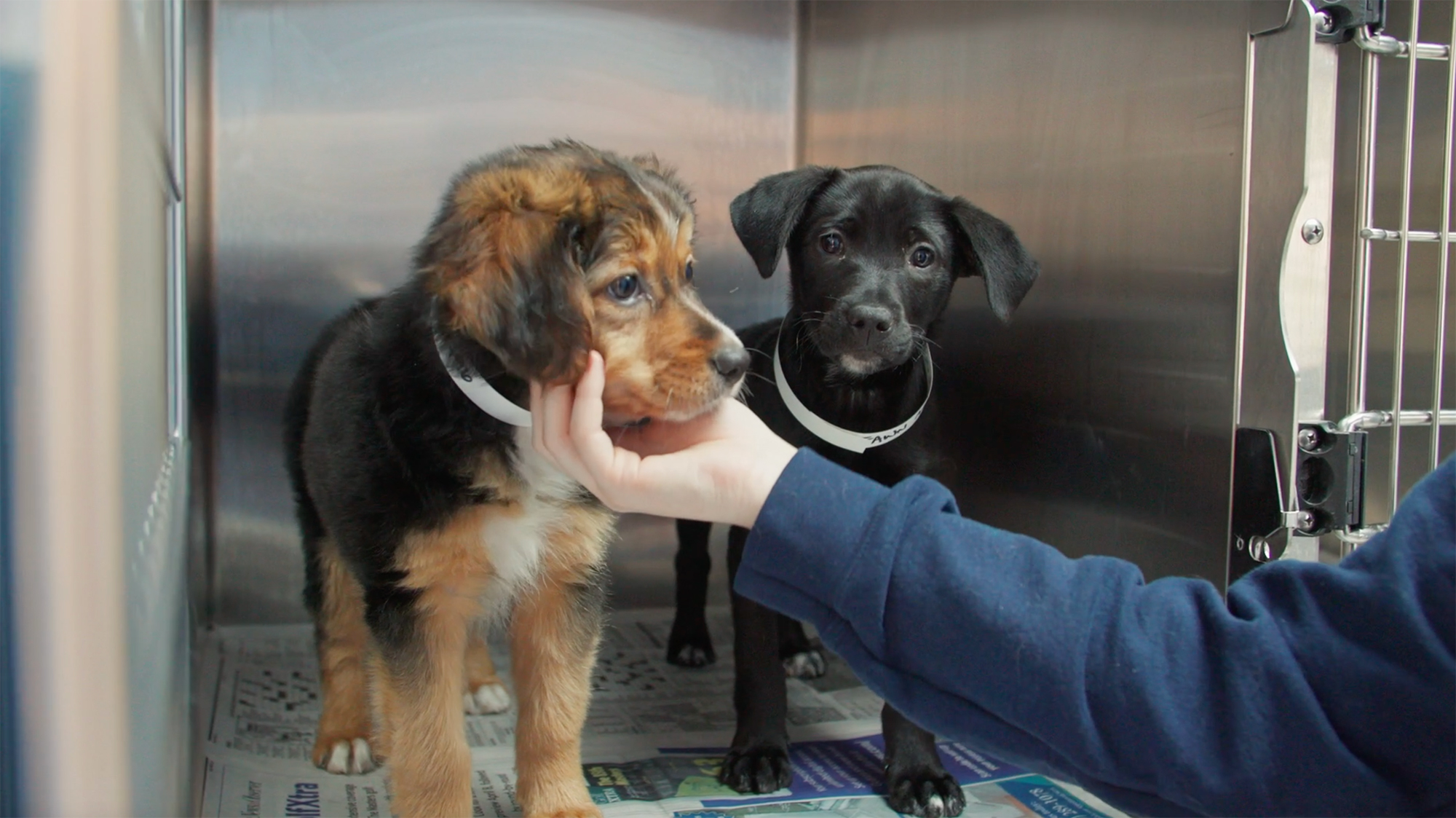Medical Volunteer Task Training
Meds Volunteer Training
Meds Volunteer Training Requirements
- Review the Task Instructions and Checklist!
- Submit the quiz below.
- Your Volgistics Account has been updated and you will receive an email to let you know that you are ready to schedule your Shadow Session with a Mentor or Staff member when it is convenient for you!
- Please note that we recommend that you schedule your Shadow Training Session during the shift time that you plan on signing up for!
- please contact the Director of Volunteers via email at volunteer@spcawake.org.
- If you need additional resources, please see the library of videos below. Watching the videos is not required.
What does it mean to be a Meds Volunteer?
Being a Meds volunteer is a great way to help our dogs in a different way, doing this task requires volunteers to have great attention to detail and time management skills. This task must be completed promptly and accurately twice daily to ensure all dogs receive their medication safely and effectively. Meds volunteers must be familiar with common dog behavior signs, our Star Dog program and designations, plus be trained in Fear Free handling.
Responsibilities include:
- Determines which dogs are on medications and prepares medications
- Ensures the medication is correct and given as prescribed
- Gives dogs medications, ensuring that all are ingested
- Records medications distributed in daily logs
Supplies & Where to Find Them
- *All supplies are located in the treatment room.*
- Dog adoption floor meds binder (blue)
- Black meds cart
- Paper trays
- Pill pockets
- Peanut butter
- Cheese
- Cream cheese
- Hot dogs
- Wet dog & cat food
- Hand sanitizer
Important Points to Remember
- Pay close attention to any special needs or restrictions for any animal.
- Read each medication sheet thoroughly for proper frequency and due dates of medications, as well as their proper dose and route of intake.
- Using too much pill pocket often causes too much chewing, leading to medications falling out and not being ingested- use the smallest amount possible.
- Ensure medications are not stacked on the cart as this can lead to medication errors- medication trays should be lined up and easy to read.
- Medication bottles must remain in the treatment room at all times and all medications must be put in each dog’s assigned tray before leaving the treatment room.
- Do not sign off on medications until you are certain all dogs have ingested their medications.
- Do not force or give any medications that you are uncomfortable giving for ANY reason. Let the medical staff know if you were unable to medicate any dog so they can be sure that dog is medicated as necessary.
Order Of Giving Medications (Most Medical Vulnerable to Least):
- 1st - Puppies and mom dogs with puppies
- 2nd - Healthy dogs
- 3rd - Sick dogs
If A Dog Does Not Eat Their Medication:
- Try giving the medications with:
- Peanut butter
- Cheese
- Cream cheese
- Hot dogs
- Wet dog or cat food formed into a small meatball
Medication Giving Instructions
- Sanitize the meds cart & your hands.
- Get the Blue “Dog Floor Meds Binder.”
- Read each medication sheet thoroughly to determine which dogs are prescribed medications at this time, paying careful attention to any special needs or restrictions.
- Match up one paper tray (labeled with the name of each dog that needs medications at this time) with the corresponding medication bottle with their name on it.
- Read prescription labels thoroughly on all bottles to ensure that medication is due at this time and you know the proper way it needs to be given.
- Place each medication in the paper tray.
- Wrap each pill with just enough of the pill pocket (or other food source if allergens/pickiness (read med sheet) necessary to cover the medication.
- Once you have all medications properly prepared and lined up next to each other, use the cart to carry medications.
- Make sure you also have hand sanitizer and any other listed toppers that may be necessary to get dogs to take meds.
- All medications need to be given directly to the dog, if it can be safely done. Prop the door to each bedroom just enough to fit the pill through without the dog being able to stick their snout in between the door and frame. Using your hand or the specific tray with their medication in it will make the medications just in reach of the dog’s mouth.
- Note: *Using the propped door can ensure the dog is unable to get too eager and stick their whole snout through and bite at pills, hands or fingers.
- Sanitize your hands between each dog.
- Sign off after making sure that each dog has eaten their medication.
- Do not force or give any medications that you are uncomfortable giving for ANY reason. Let the medical staff know if you were unable to medicate any dog so they can be sure that dog is medicated as necessary.
Wrapping Up
- Timestamp and initial medical sheet to confirm all medications were given and ingested by all dogs.
- Clean up and spray the cart with Accel.
- If any medication bottles become empty after you are finished, please set the bottle by the computer in the treatment room for the medical staff to assess and refill as needed.
Our dogs and medical staff are so grateful for your help. Thank you for making their days easier!

